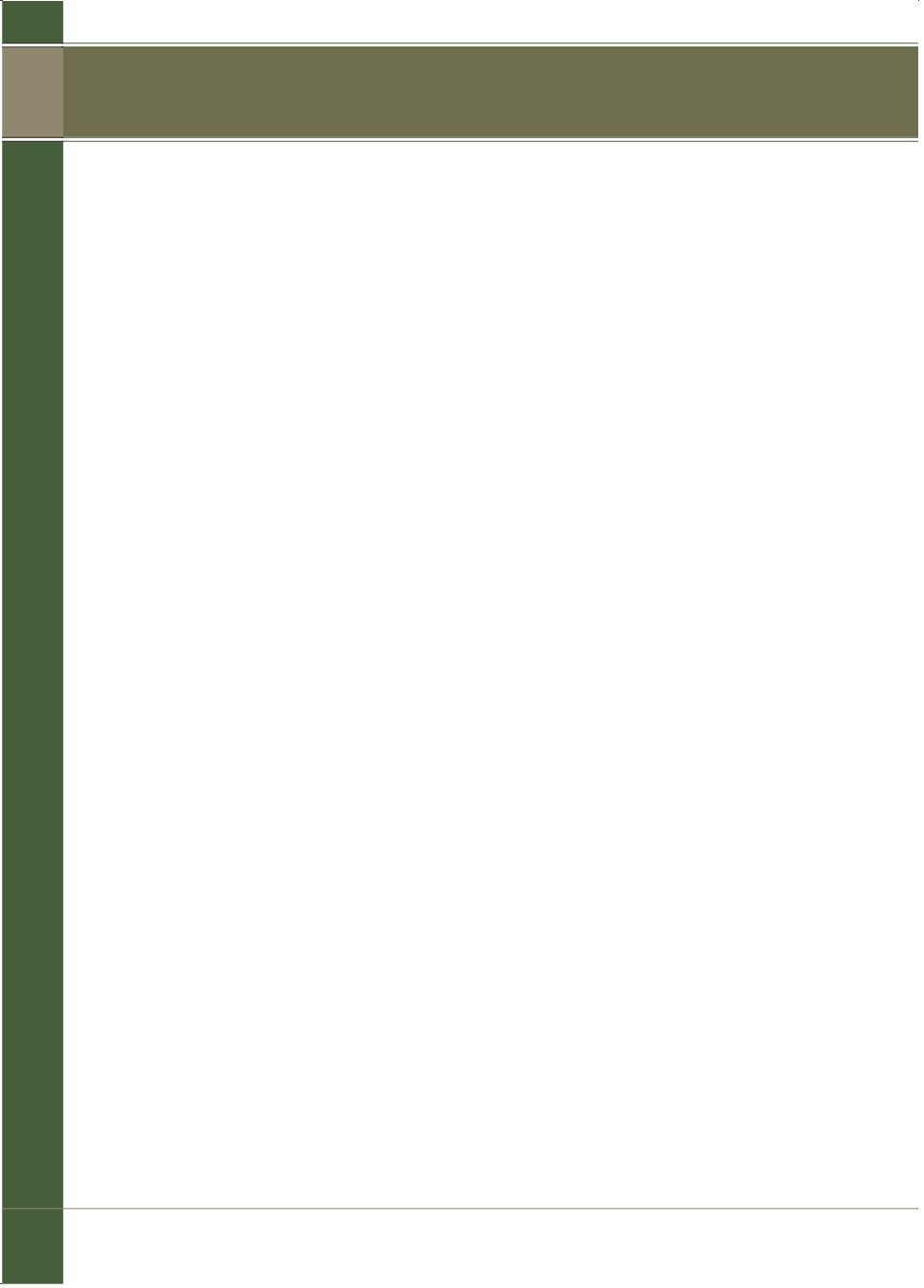

90
RADIOREQUIREMENTS (CAR 239)
VHF communications systemsmust be capable of communication on all VHF
frequencies required tomeet the reporting and broadcast requirements of
AIPENR1.1.
The communications systemsmust be fittedwith frequencies appropriate
to the area of operation as specified in theAIPERSA. The frequencies
appropriate fittedmust be sufficient toenable continuous communication
withATSunits for the planned duration of the flight orwhileoperating
within the specified area, taking into account theexpected radiopropagation
conditions during the period of operation.
At least one item of the required radio equipmentmust be capableof
maintaining continuous communicationwithATS at all stages of the flight.
The term ‘all stages of flight’ includes groundoperations at the aerodromes
of departure and arrival, and cruising levels that could be required for any
emergency and/or abnormal operation en route.
AnAustralianCommunicationAuthority approved and licensed hand-heldVHF
radiomay beused by pilots of:
• VFRPVT andAWK aeroplaneswith anMTOW not exceeding:
– in the case of an aeroplane other than a seaplane 544 kg;
– in the caseof a seaplanewith a single seat 579 kg; and
– in the case of a seaplanewith two seats 614 kg;
• gliders; and
• balloons.
Additionally, approved hand-held radiosmay beused by pilots of these
aircraftwhen operating inClassG. Pilots are responsible for ensuring that the
equipment is able to be operatedwithout adversely affecting the safety of
the aircraft. The location of the antennamust be such that airframe shielding
does not prevent two–way communicationwith all aircraft operatingon the
CTAF.Where the radio is not connected to the aircraft primary power supply,
theremust be ready access toback-up power.
responsibilities of pilot
2 – preparat i on

















